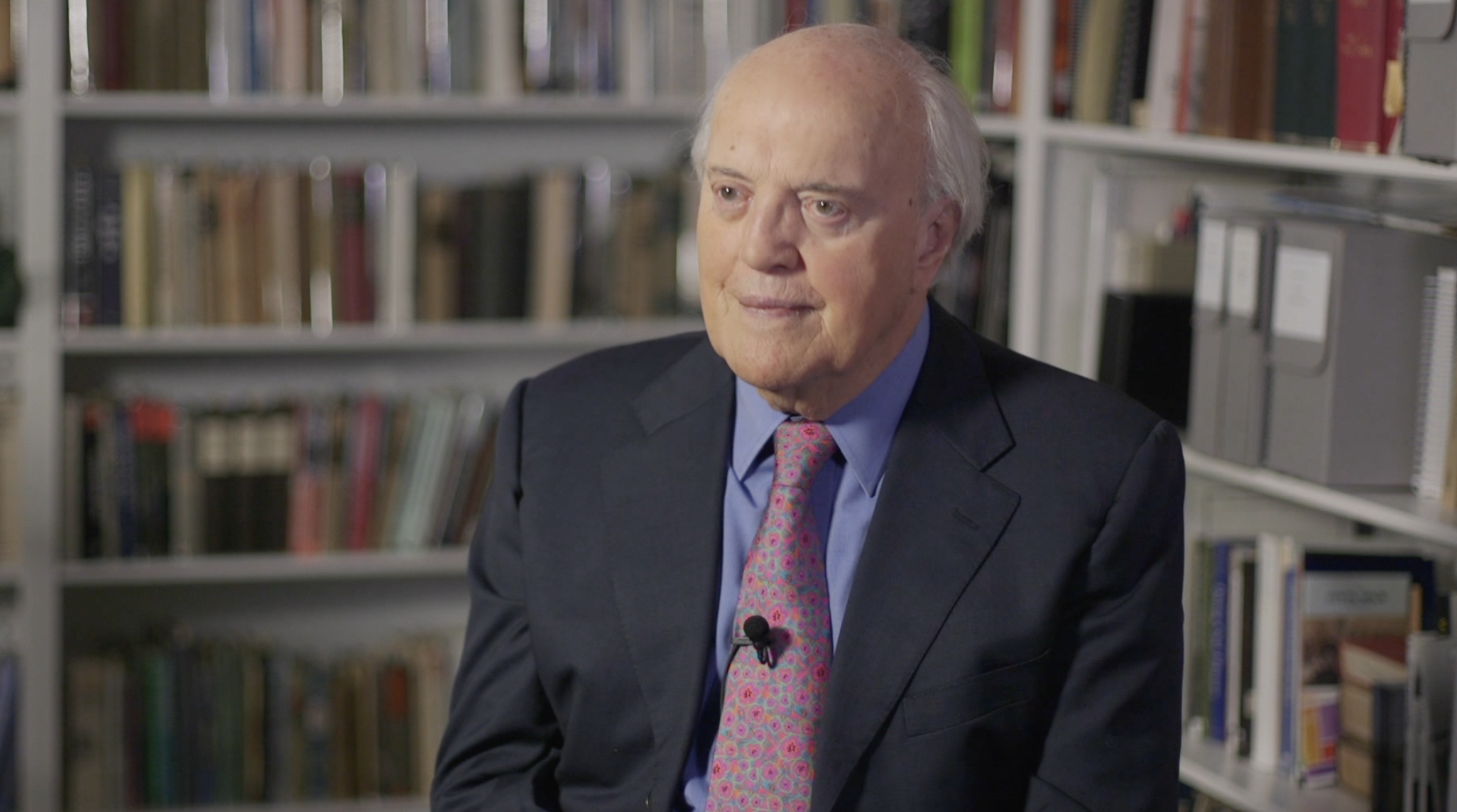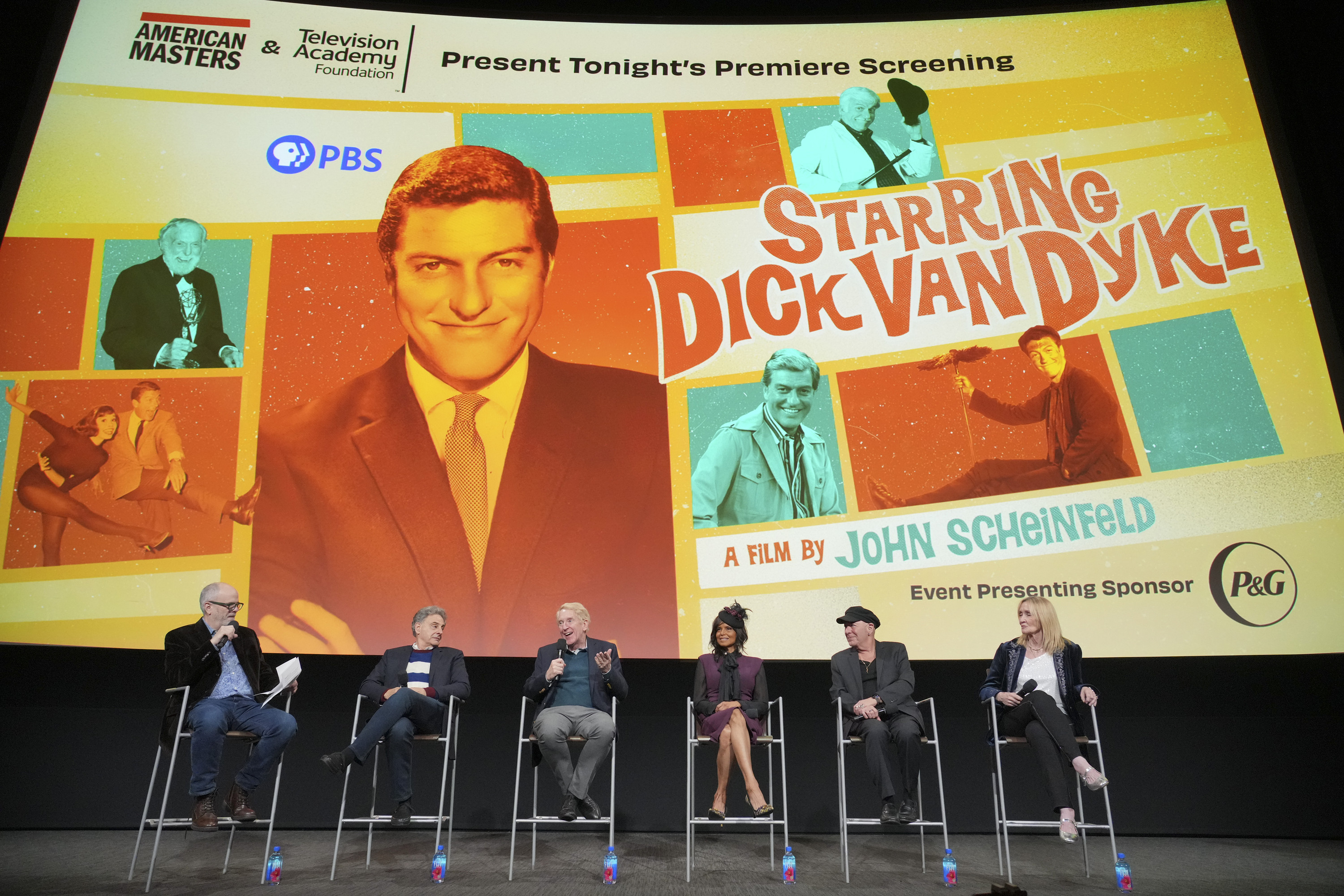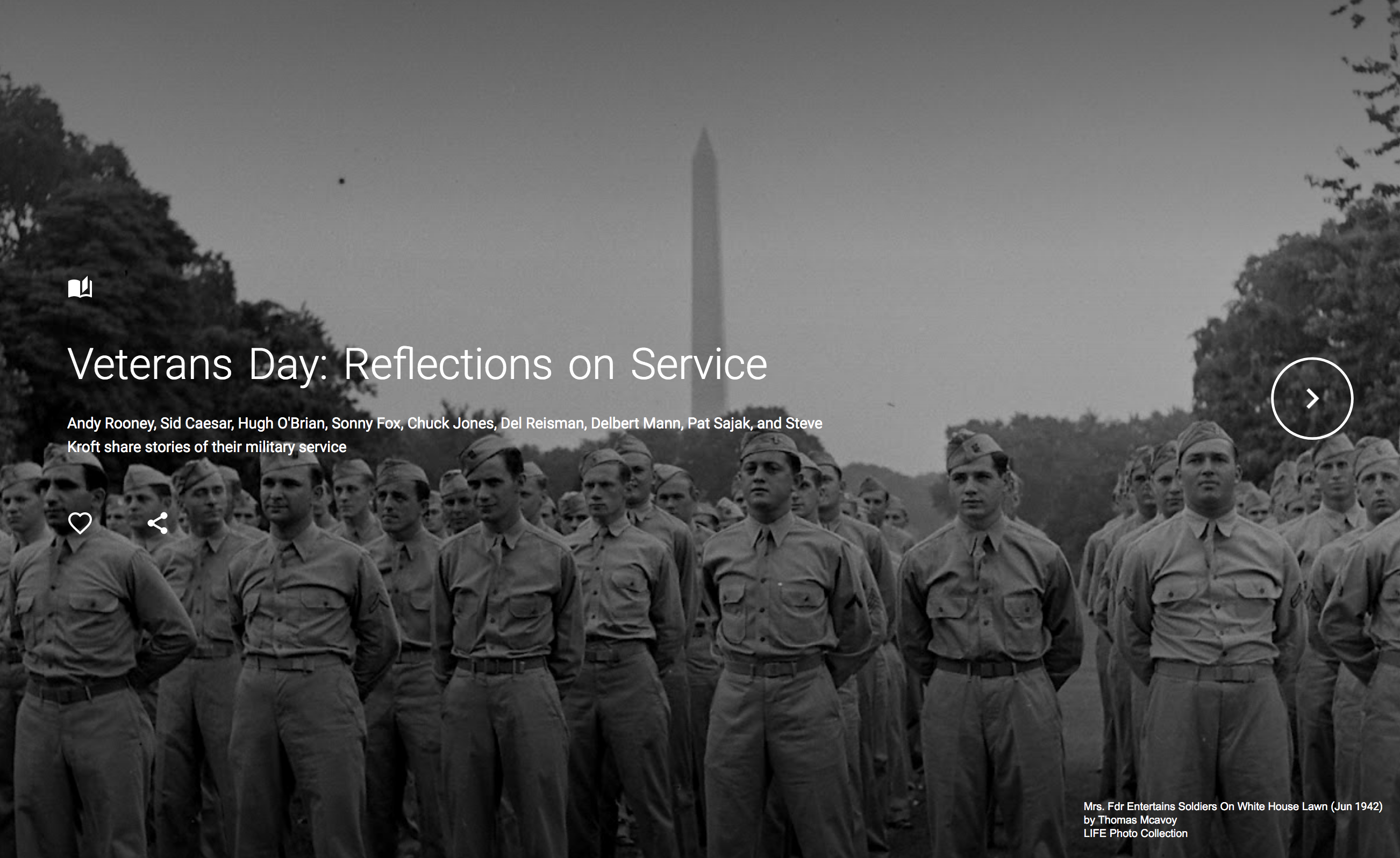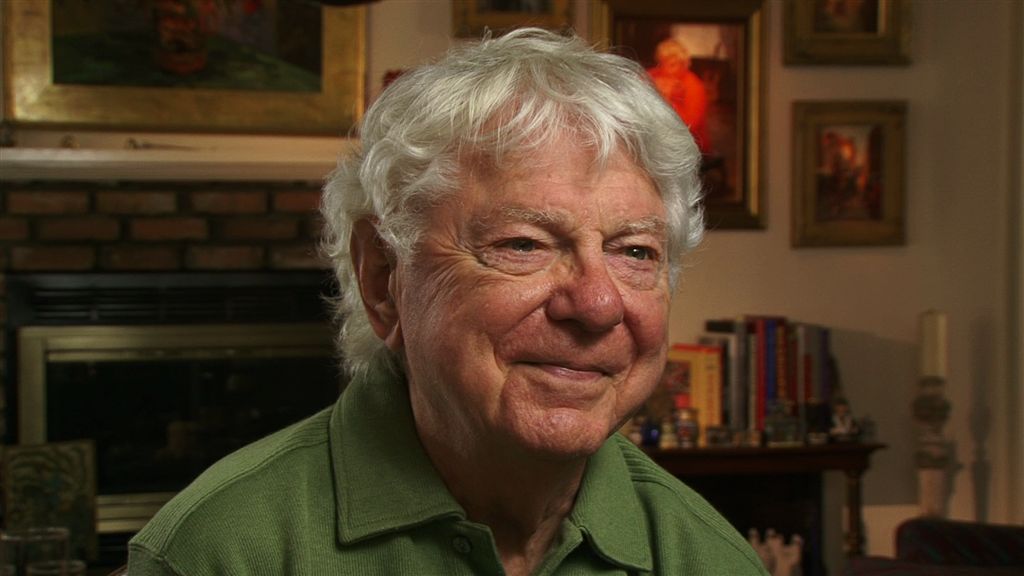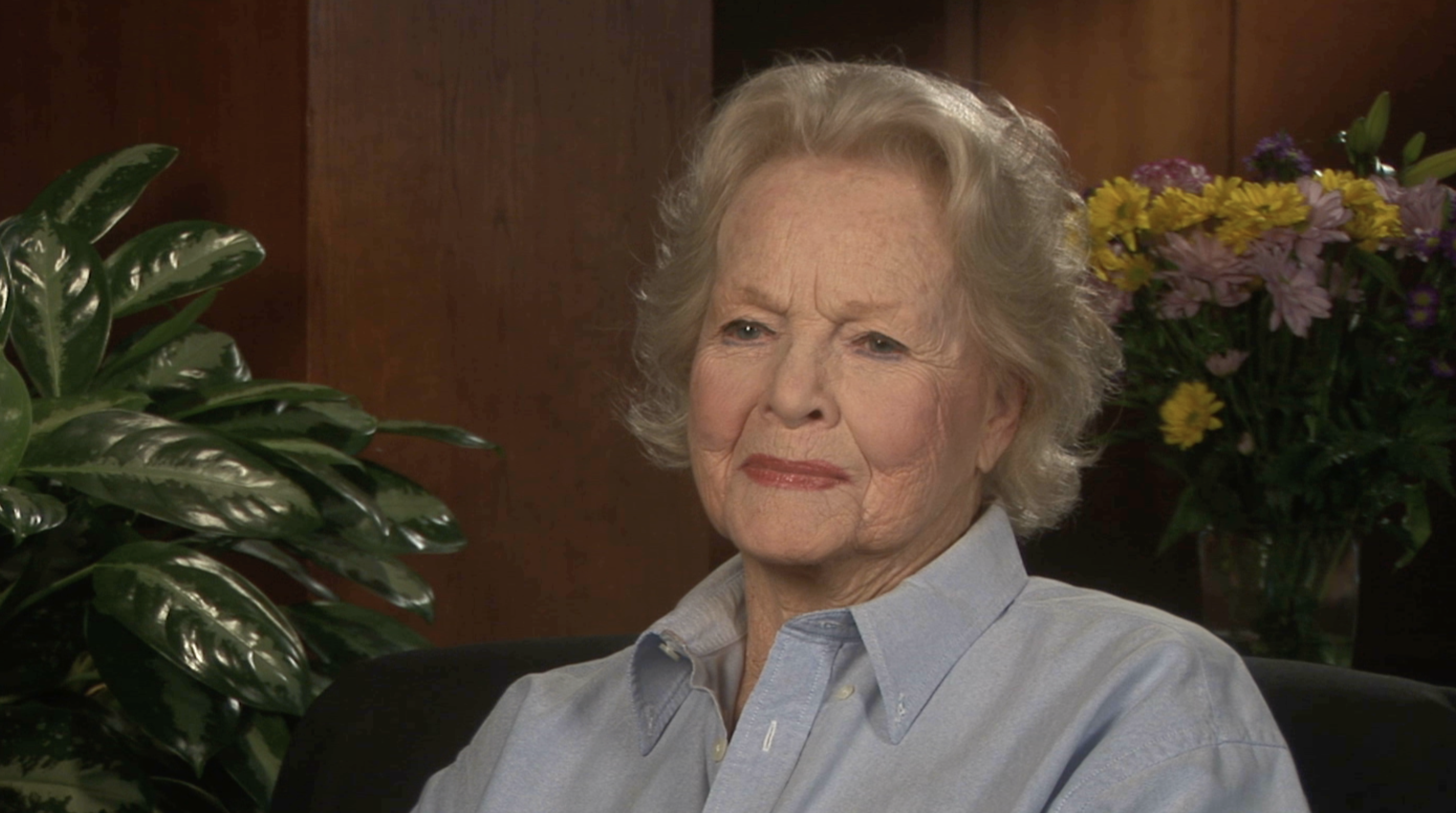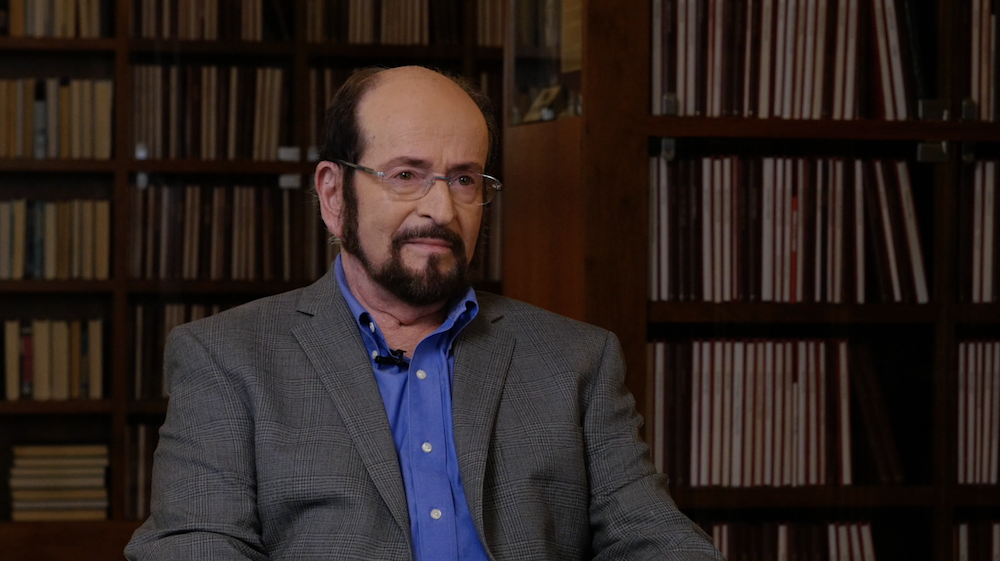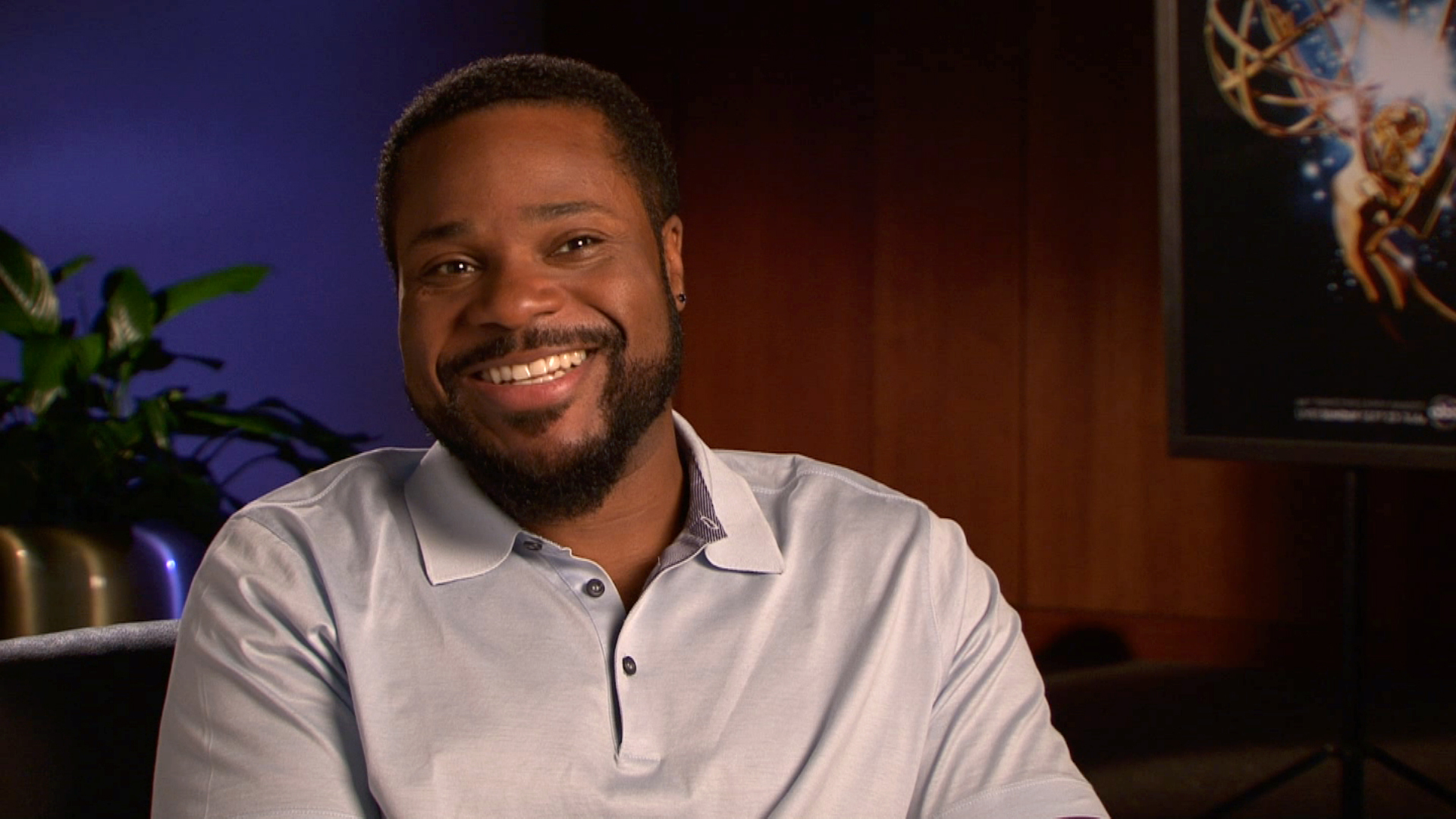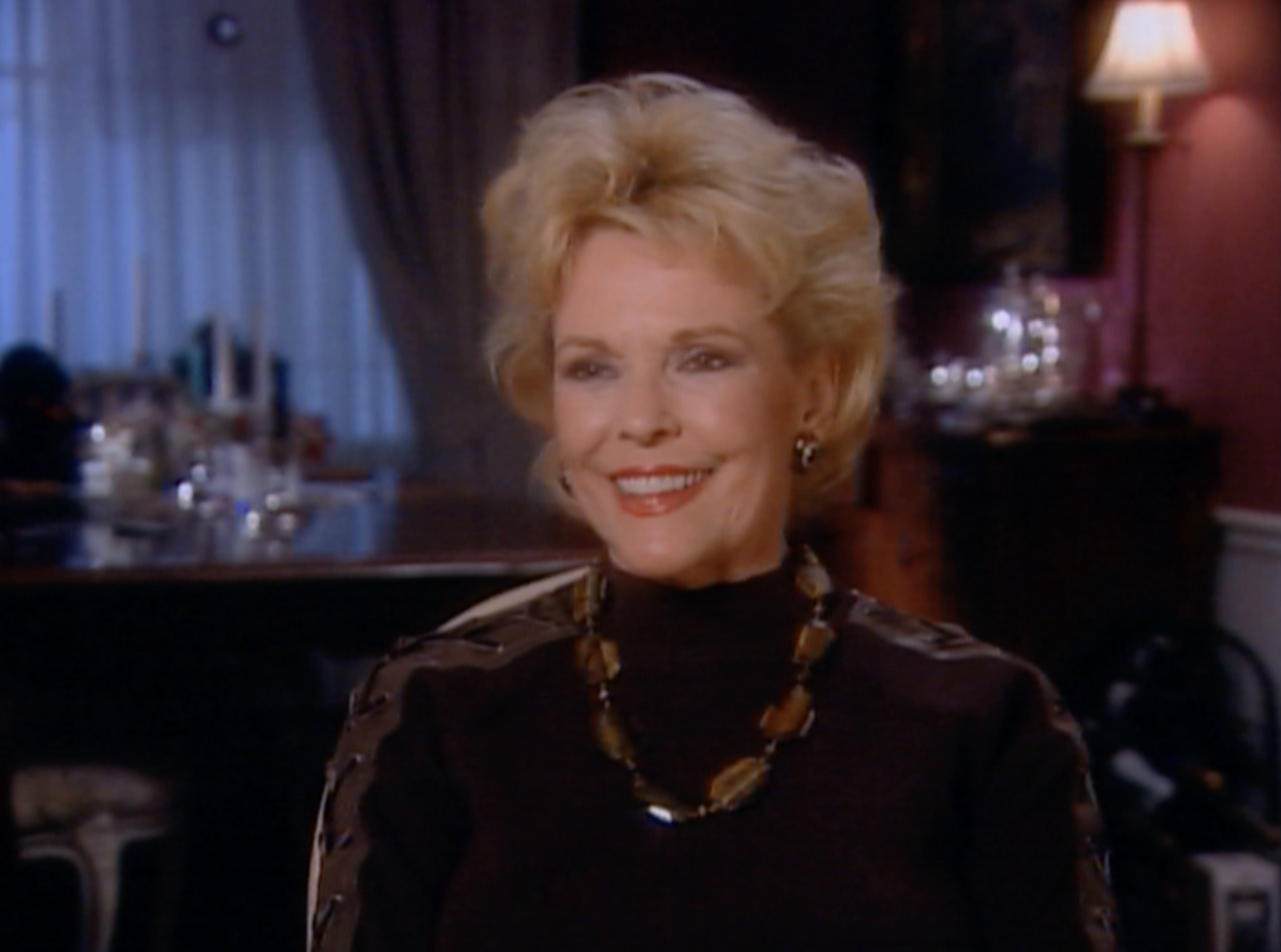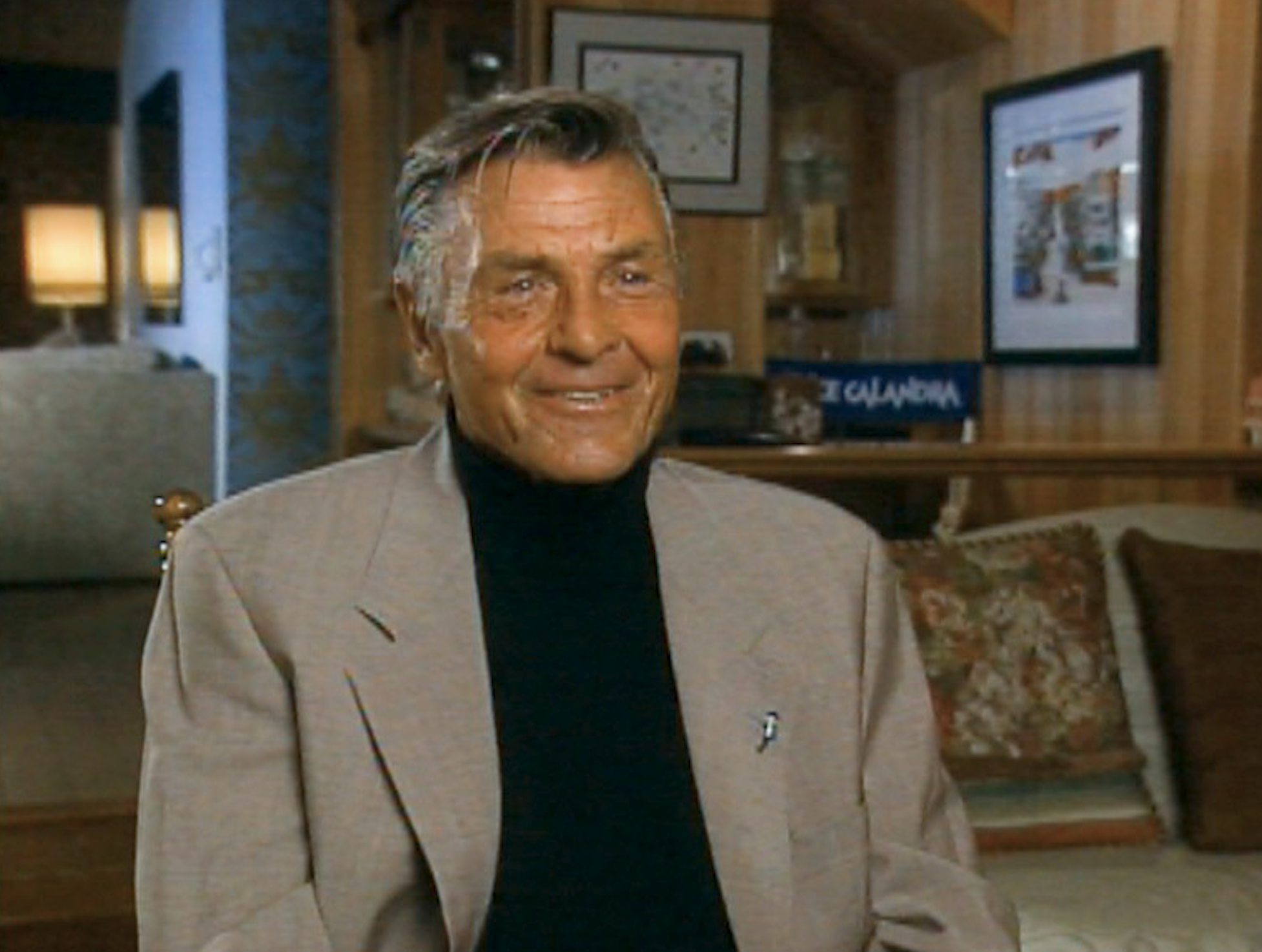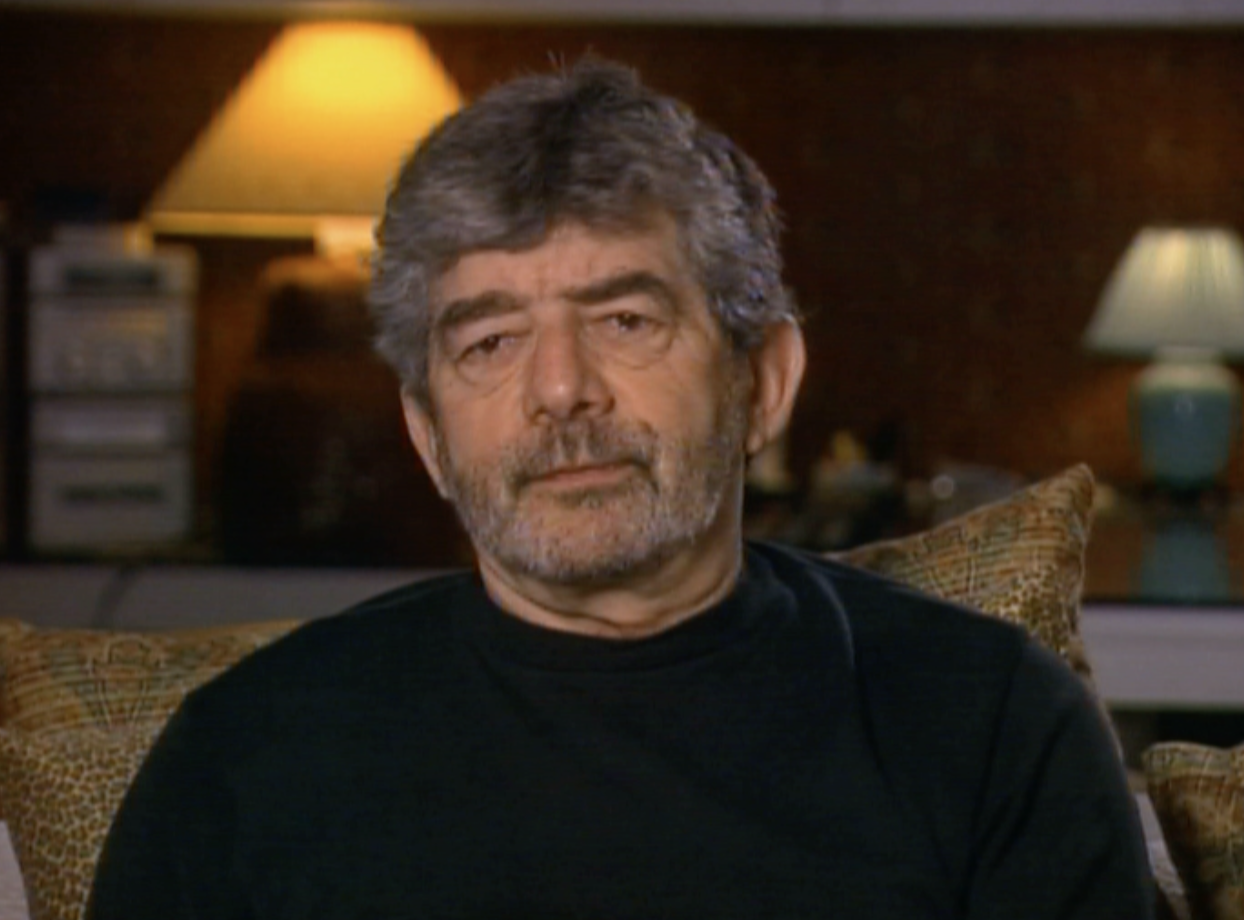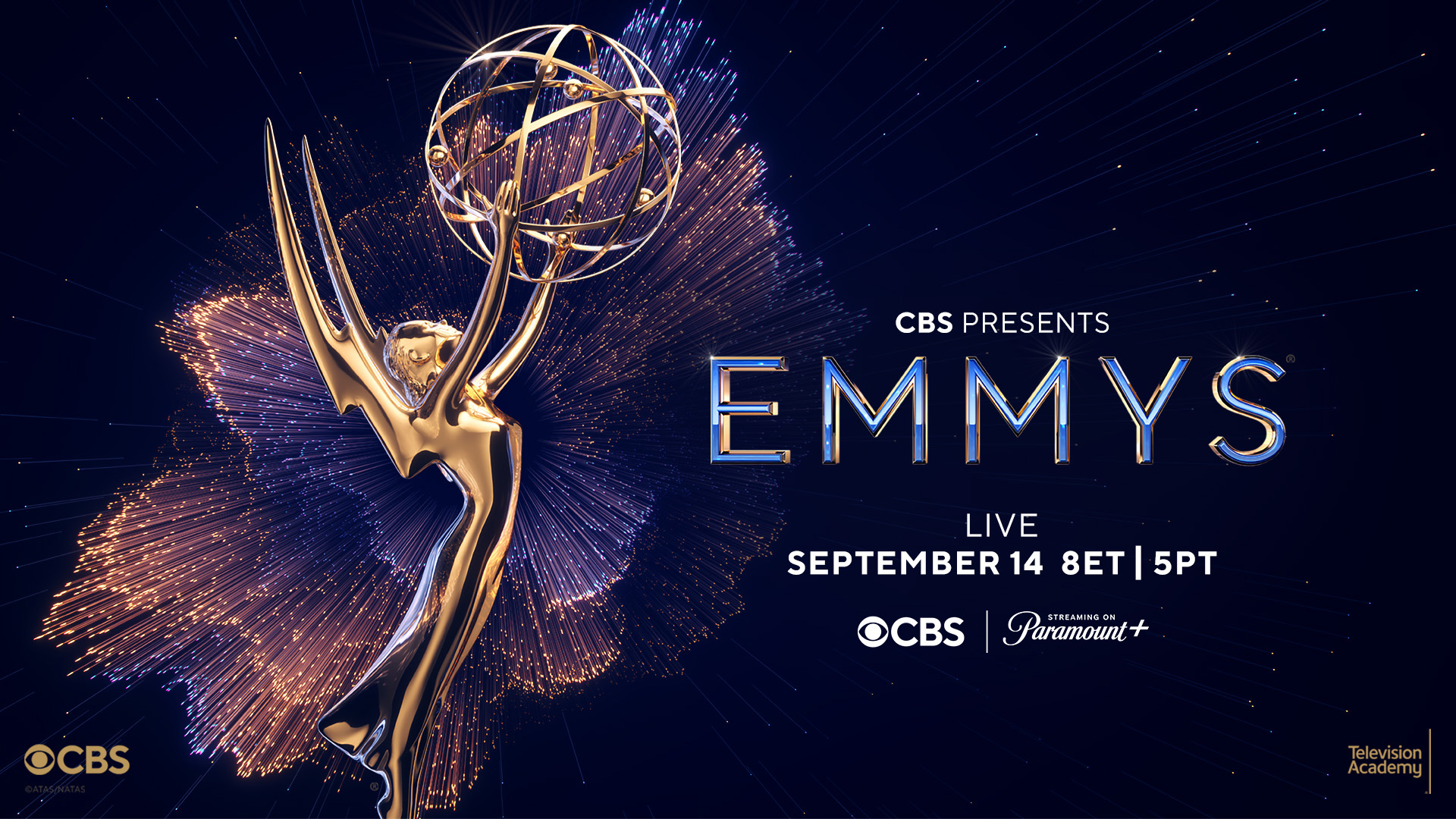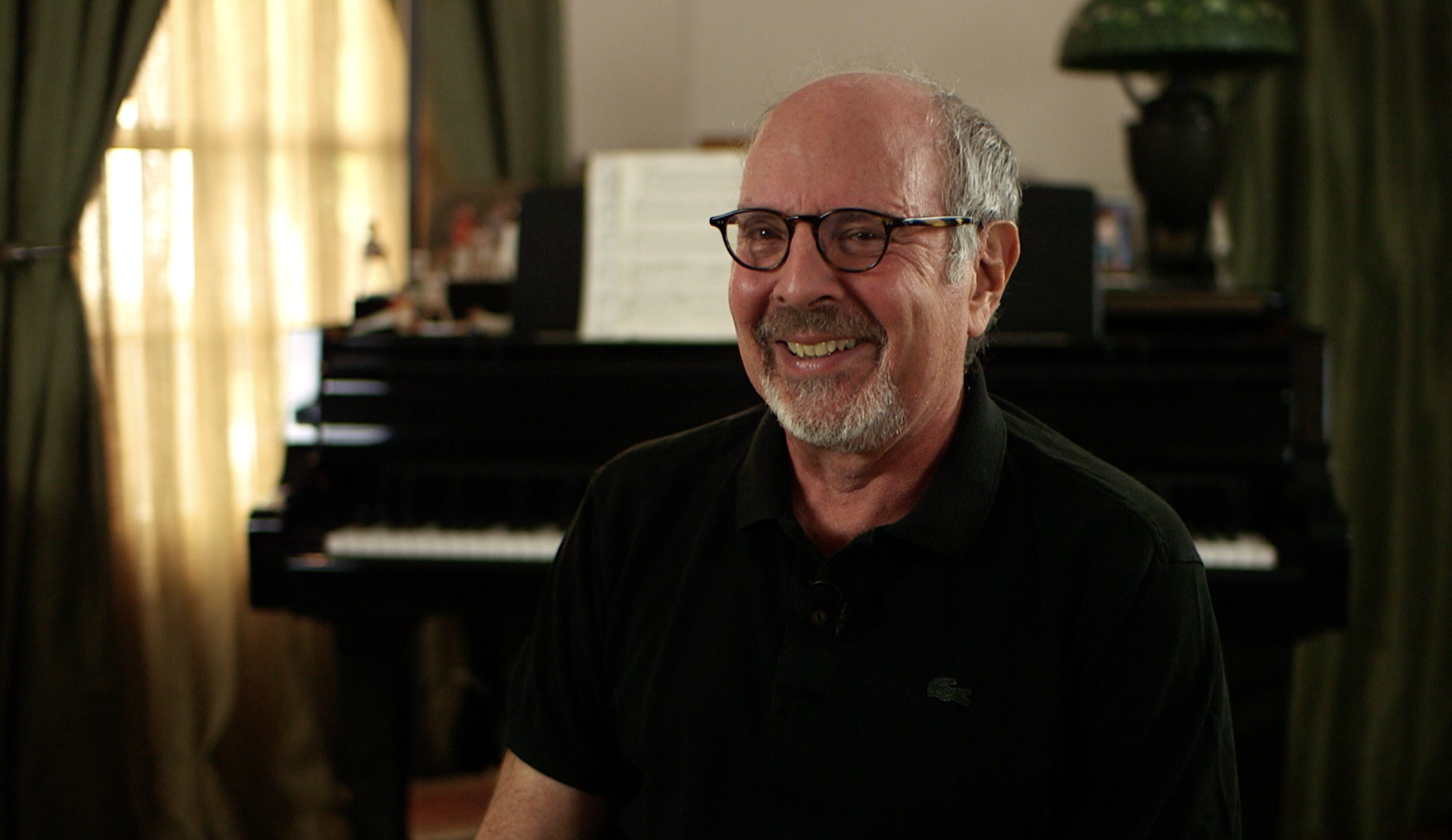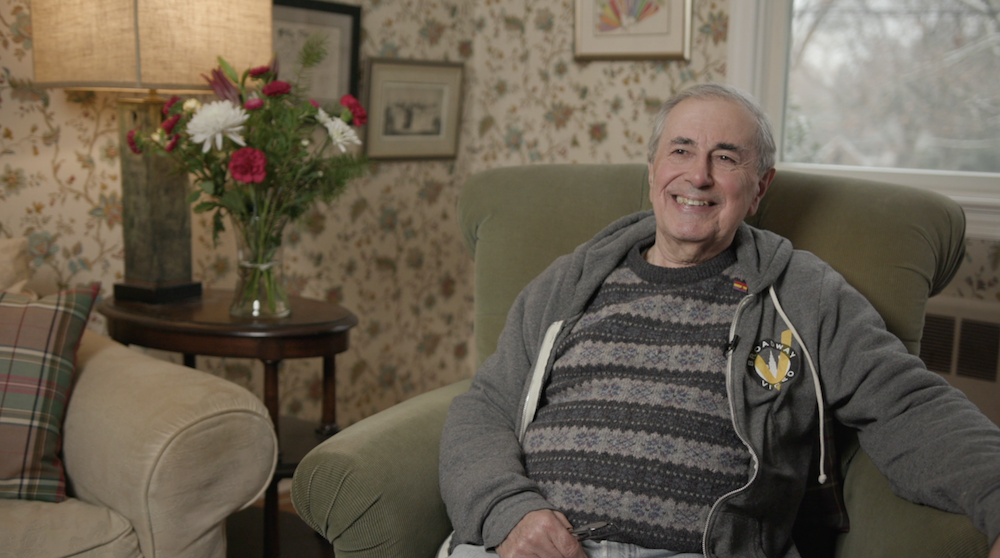Archive Interviewee Jerry Lewis Discusses the MDA Telethon
 The 44th annual Jerry Lewis Labor Day Telethon to benefit the Muscular Dystrophy Association will be broadcast live from the South Point Hotel, Casino & Spa in Las Vegas, beginning at 9 p.m. ET Sunday, September 6th.
The 44th annual Jerry Lewis Labor Day Telethon to benefit the Muscular Dystrophy Association will be broadcast live from the South Point Hotel, Casino & Spa in Las Vegas, beginning at 9 p.m. ET Sunday, September 6th.
For the first time, social media followers of MDA’s Twitter, Facebook and YouTube sites will be treated to a behind-the-scenes look at the show during the broadcast.
“I’ll never wave the white flag in the fight against muscular dystrophy and other muscle-wasting diseases,” Lewis has said. “Not only is the Telethon a chance to help put an end to these debilitating diseases, but it’s also a way to inform and educate the public, while having a darn good time.” Last year's telethon ended with a record-setting $65 million in donations and pledges. Jerry Lewis was interviewed in October 2000 by the Archive of American Television where he talked about his long association with the annual event.
On doing a telethon with Dean Martin in 1949:
We did a telethon for two hours with the mail carriers in 1949. Then we went to Carnegie Hall in 1950. He did the six-hour telethon with me there… We did MDA from ‘50 to ‘52, and then there was a hiatus. I didn’t do another one till after we split up. But he was very helpful and he understood it was something I had to do and he was very supportive.
On going national with the telethon:
In 1950, Dean and I did the first telethon out of WNEW New York. That was the flagship. The flagship meaning they also had stations in New Jersey and Connecticut… Then we were on hiatus from ‘53 to about ‘57. And in that, in the interim Dean and I had split up, and then I was doing the telethon local New York, New Jersey, and Connecticut from ‘57, ‘58, ‘59. Then in 1960 I started to travel to get stations, because we were on three stations, New York and two, whatever that was. By 1960 I was already getting seventy stations, ninety stations. ‘61, ‘62, I’m into a hundred and four stations. ‘66, we went national. I had taken those years to put everybody in place and then finally get them to go with us, when we went national. So we were the first telethon to ever go in color, the first telethon to go coast-to-coast, and by the time we went into 1970 I had 213 stations. We moved the telethon in 1973 to Las Vegas for the first time. And this last year [1999] was my fiftieth year. It’s hard to believe that I’ve been doing it for 50 years. But the thing that is so magnificent is that the television medium helped me generate a billion seven hundred million dollars in these last 38 years, because twelve years I didn’t raise two hundred thousand dollars.
On the hope for a cure:
And God-willing, again, because of television, we’re going to find a cure. We’re into DNA now, we’re into genetic engineering, which is certain to give us information. And now I’m being told by the clinicians and the researchers and the lab people, you’re going to see the cure in your lifetime. I mean, it’s incredible.
On special moments on the telethon through the years:
Jack Benny came on and destroyed the audience. I had introduced him and he walked on and he looked right in the camera and he thought for a minute, he looked in the camera again. He looked around, and he said, "I don’t guarantee that I’m going to make a pledge." And we were destroyed! Everybody was hysterical. And he leaned on that for about another minute of just staring. I’ll never forget what that man did with one thought. “Cheapest man in the world,” he’s not going to make a pledge. The Ritz Brothers came on and did the act that they did in vaudeville forty years before, and it was spectacular… I had the hundred and twenty Russian Bolshoi ballet. A hundred and twenty coming right at the center camera, one at a time. One at a time. And about after a hundred and three I was in it. I did my thing. I’ll tell you one thing that I could never ever forget. Mary Passalacqua was a victim of neuromuscular disease, and I went to the hospital to see her in San Francisco, hoping that she would be better. And she was, she was skeleton-like. She was dying so badly. And we funded a thing called plasmapheresis, which flushes the bad blood out and puts new blood in, and she had been given the last rights when I arrived there. When I arrived there she was the epitome of what hero worship is, because she saw me and she, she practically came alive. And then I left, I said good-bye, never though I’d see her again, and then I get a letter from her two months later. Thanks so much for visiting me: it made the difference. I’m doing well. I’m fine. And P.S. my dream is to one day dance with you. I read the letter on television in front of eighty million people. And then I pointed to the curtain and there she came. She walked out and she and I danced dead center of that stage. There wasn’t a dry eye in the house. She’s alive and well because of our funding the plasmapheresis syndrome. And that’s probably one of the most unforgettable things, because I was trembling so, trying to dance and be cool. It was so important to her and to everyone else that was a victim. It was a special moment for people in trouble.
On his 1976 reunion with Dean Martin on the telethon:
The other great moment that’s pretty close emotionally was when Frank [Sinatra] decided to bring Dean on and have us embrace, and stop the twenty years of silence, because it was twenty years we hadn’t talked. And Frank worked it out. He worked it out so that everyone in that studio, every member of my staff— nobody knew Dean was coming on. The only one that knew it was Ed McMahon. So I could never have heard about it. It was such a total surprise. And when you look at the footage and you see the look on my face and the look on his face you see two men that love one another. It was an incredible moment. It was great television.
On the instituting of “ You’ll Never Walk Alone” as the telethon’s closing song:
In 1950 I had the occasion to go to Chicago and visit a twelve-year-old little boy who was suffering from spinal atrophy. And they had operated on him and put a shunt in his spine so he could sit up. And when he saw me he said, I got to tell you something. I just love what you do, and, and you know, you should have a theme song. Twelve years old. I said, what do you mean, a theme song? You should have a song for all of us kids. Your kids. I said, a song like what? He said, “You’ll Never Walk Alone.” And it was like I was hit between the eyes with a bullet. What? Of course, I know that lyric, I know where he’s coming from. But he was a very bright twelve-year-old little boy. Speaking for all of the kids that were in trouble. I dedicated it to him on Telethon ‘50. I’ve done it for fifty years.
Link to information about the 2009 MDA telethon.
The entire five-part Archive of American Television interview can be viewed by clicking here.
Additionally, Archive interviewee Eddie Foy III also spoke about working with Jerry Lewis on the MDA Telethons (six minutes into
